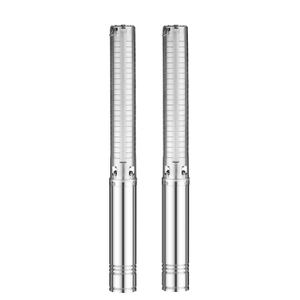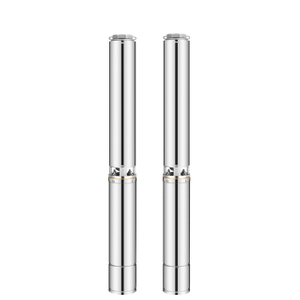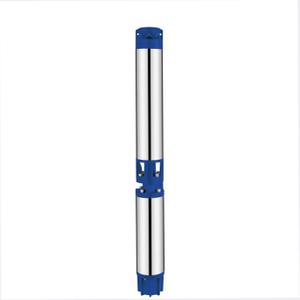Reasons and solutions for oil leakage in submersible pumps
Reasons for oil leakage
1.Mechanical seal damage
Mechanical seals are key components in preventing oil leakage. If the seals age, wear, or are installed improperly, it can lead to oil leakage.
Reason: Long term operation, impurities in water quality, high temperature, or deterioration of sealing materials.
2.O-ring or oil seal aging/damage
O-ring or oil seal is used to seal the bearing box or oil chamber. If it ages, deforms or is damaged, it can cause oil leakage.
3.Bearing wear or damage
Bearing damage can cause shaft eccentricity or vibration, which in turn affects the sealing performance of mechanical seals and leads to oil leakage.
3.Cracks in the oil chamber or shell
The pump body may crack due to external impact, corrosion, or manufacturing defects, causing lubricant leakage.
4.High oil level or oil quality issues
Excessive oil level will increase internal pressure, causing oil to seep out from the seal.
Using inferior or inappropriate lubricating oil may cause the seal to expand or corrode.
5.Improper installation
Failure to align the mechanical seal during installation, uneven fastening force, or impurities on the sealing surface can all affect the sealing effect.
Solution method
1.Check and replace the mechanical seal
Disassemble the pump body, check if the mechanical seal is worn or damaged, and replace it with a new seal if necessary.
Ensure that the cover is clean during installation and adjust the preload according to specifications.
2.Replace O-ring or oil seal
Check all sealing rings and replace them promptly if they are aged, deformed, or damaged.
3.Check the condition of the bearings
If the bearing is severely worn, it should be replaced with a new bearing and ensure good shaft alignment.
4.Check for cracks in the pump body
If cracks are found in the casing or oil chamber, repair or replacement of the pump body is required.
5.Adjust the oil level or replace the lubricating oil
Ensure that the oil level is within the standard range (usually around 2/3 of the oil chamber).
Use lubricating oil recommended by the manufacturer to avoid poor quality oil affecting sealing performance.
6.Proper installation and maintenance
Ensure good alignment of mechanical seals, bearings, and other components during installation to avoid eccentric wear.
Regularly check the oil quality and level, and promptly replenish or replace lubricating oil.
Preventive measures
1.Regular maintenance: Check the seals, bearings, and oil level after running for a certain period of time.
2.Avoid dry operation: Submersible pumps are strictly prohibited from running without water, otherwise the seal may be damaged due to overheating.
3.Use suitable lubricating oil: Select high-temperature and water-resistant lubricating oil according to the manufacturer's requirements.
4.Prevent impurities from entering: When used in water areas with high sediment content, install a filter or choose wear-resistant seals.
If the oil leakage problem cannot be solved by oneself, it is recommended to contact professional maintenance personnel or manufacturer technical support to avoid further damage to the equipment.







